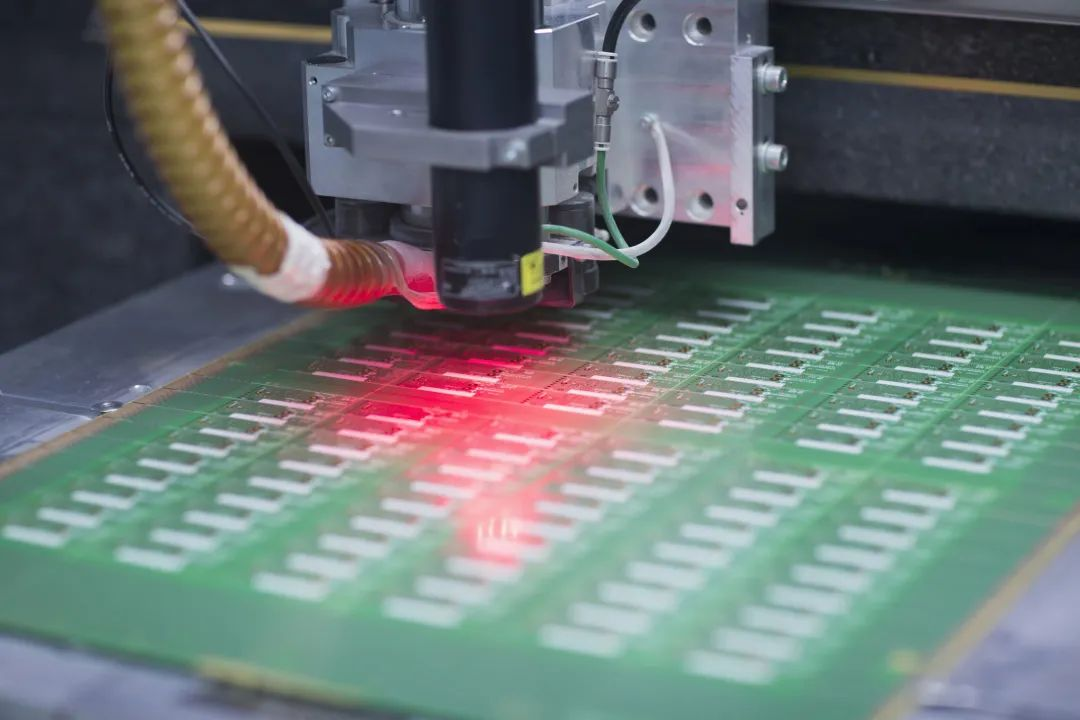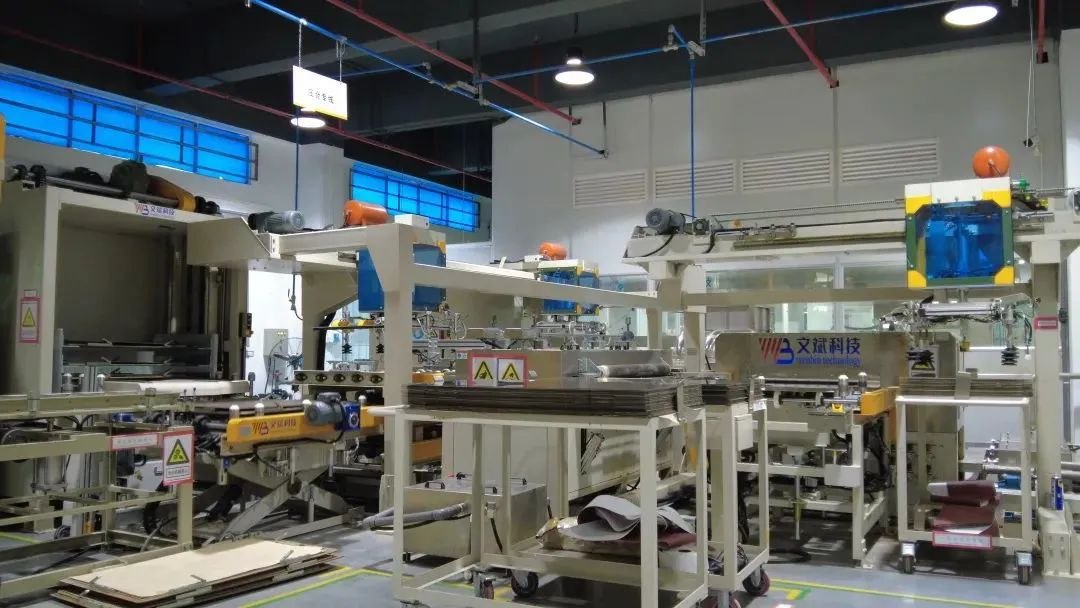PCB multilayer compaction is a sequential process. This means that the base of the layering will be a piece of copper foil with a layer of prepreg laid on top. The number of layers of prepreg varies according to the operating requirements. In addition, the inner core is deposited on a prepreg billet layer and then further filled with a prepreg billet layer covered with copper foil. A laminate of the multi-layer PCB is thus made. Stack identical laminates on top of each other. After the final foil is added, a final stack is created, called a “book,” and each stack is called a “chapter.”
When the book is finished, it is transferred to a hydraulic press. The hydraulic press is heated and applies a large amount of pressure and vacuum to the book. This process is called curing because it inhibits the contact between the laminates and each other and allows the resin prepreg to fuse with the core and foil. The components are then removed and cooled at room temperature to allow the resin to settle, thus completing the manufacturing of copper multilayer PCB manufacturing.
After the different raw material sheets are cut according to the specified size, the different number of sheets are selected according to the thickness of the sheet to form the slab, and the laminated slab is assembled into the pressing unit according to the sequence of process needs. Push the pressing unit into the laminating machine for pressing and forming.
5 stages of temperature control
(a) Preheating stage: the temperature is from room temperature to the beginning temperature of the surface curing reaction, while the core layer resin is heated, part of the volatiles are discharged, and the pressure is 1/3 to 1/2 of the total pressure.
(b) insulation stage: the surface layer resin is cured at a lower reaction rate. The core layer resin is uniformly heated and melted, and the interface of the resin layer begins to fuse with each other.
(c) heating stage: from the starting temperature of curing to the maximum temperature specified during pressing, the heating speed should not be too fast, otherwise the curing speed of the surface layer will be too fast, and it can not be well integrated with the core layer resin, resulting in the stratification or cracking of the finished product.
(d) constant temperature stage: when the temperature reaches the highest value to maintain a constant stage, the role of this stage is to ensure that the surface layer resin is fully cured, the core layer resin is uniformly plasticized, and to ensure the melting combination between the layers of material sheets, under the action of pressure to make it a uniform dense whole, and then the finished product performance to achieve the best value.
(e) Cooling stage: When the resin of the middle surface layer of the slab has been fully cured and fully integrated with the core layer resin, it can be cooled and cooled, and the cooling method is to pass cooling water in the hot plate of the press, which can also be cooled naturally. This stage should be carried out under the maintenance of the specified pressure, and the appropriate cooling rate should be controlled. When the plate temperature drops below the appropriate temperature, the pressure release can be done.
Post time: Mar-07-2024









